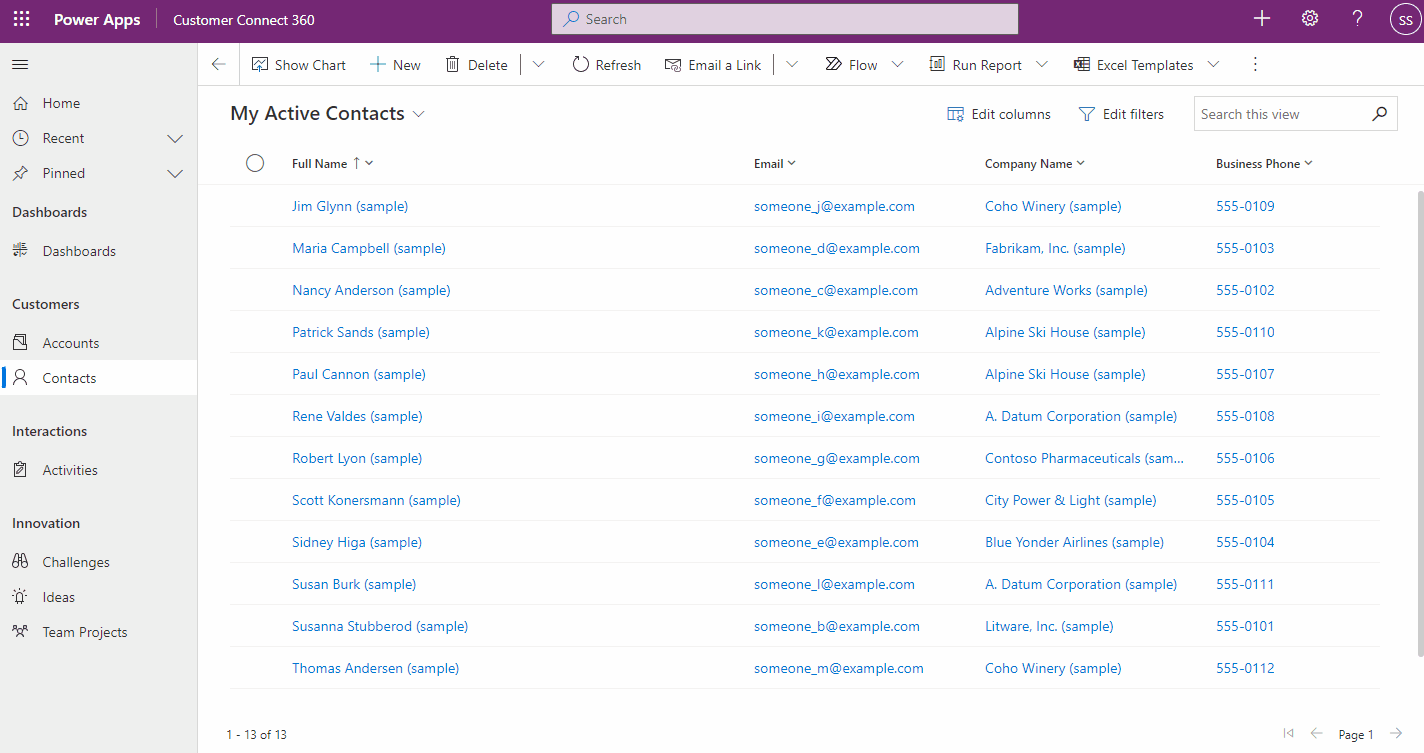Our Anticipated Features for Dynamics 365 CRM with 2024 Release Wave 1
Soon, we’ll be seeing many of the features mentioned in Microsoft’s Dynamics 365 and Power Platform 2024 Release Wave 1 Plans—a lot of items will become generally available in April. While they may not be here just yet, there are a few things standout features that we think lots of CRM users will find value in.
Link Activities to Multiple Records
The activity timeline plays a big part in keeping up to date with your contacts, leads, and accounts as you go through the sales process. In the past, you could only associate an activity with one record with the Regarding field.
With this update, you will now be able to associate more than one record using a new field called Related. For example, you would be able to track an email to multiple cases or opportunities. The Related field will be rolled out for emails first and must be added to your form by an administrator.
Linking activities to multiple records is currently in preview and the general availability has not been announced yet.
Role-Based View Deployment
Most organizations will have a variety of user types in their CRM system. Some fill the general salesperson role, others are managers, customer support specialists, or marketers. They may also have further delineations in their security roles. What matters is that they all are working in the same system with the same database, but the bits of data they actually care about can vary greatly.
Table views for record types are a great, easily customizable tool to display relevant data to users. However, when the variation in user types increases, each with their own data needs, so too can the list of available views. Those long view lists can be overwhelming, especially for new users.
Currently slated for a June release, administrators will have the ability to deploy system views on a per-security role basis. This feature will be great for reducing extraneous views shown for each user, so they’ll be able to focus further on what is relevant to them.
An example of both personal and system views in the Contact Table.
Lead and Opportunity Assignment by Individual Capacity
Managing high quantities of leads can be difficult as you want to ensure each team member is able to effectively manage each of the leads assigned to them. Balancing the capacity of the sales teams is a must to avoid the degradation of the sales experience for your leads and clients.
Microsoft is improving the lead and opportunity assignment capabilities by implementing improved capacity management tools for those with Sales Insights Premium. You’ll often start to see patterns in how much work is needed for a lead based on certain attributes of the lead. Capacity profiles can be created to adjust predicted capacity based on the lead record. Setting capacity limits for each team member will allow for a more efficient distribution of leads and opportunities among the whole team.
Capacity-based assignments is currently on track for general availability in September of this year.
The settings for Capacity Profiles.
Customized Lead Qualification
No two businesses manage their leads in quite the same way. So, to add malleability to the system to account for these differing processes, Microsoft is previewing a customizable lead qualification process. This new feature allows administrators to toggle on automatic creation of contact, account, and opportunity records when qualifying a lead and to configure some fields from the lead record to automatically carry over into an associated opportunity.
Microsoft is also addressing more complex needs when converting a lead to an opportunity. Specifically, you’ll be able to create multiple opportunity records from a single lead, which can be especially useful when a lead is interested in multiple products or services you offer, and your team wants to treat each as individual sales.
Customized lead qualification will be available in public preview in April, but it doesn’t have a general availability set yet.
The settings for Lead and Opportunity Qualification are under the General Settings in the App Settings Area.
There are a bunch of new features coming with the current release wave. Be sure to check out Microsoft’s Release Planner to see details of all the cool upcoming stuff! Plus, check out our blog on the Release Wave Planner if you want a walkthrough of how to use it!





